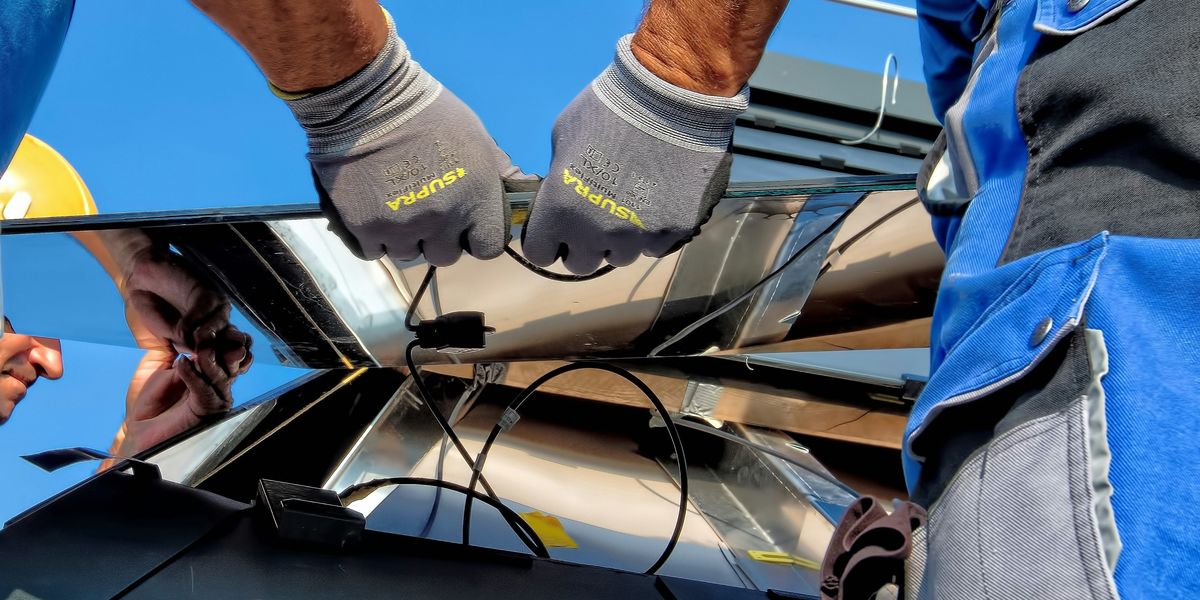shellfish
Innovative concrete mix combats urban floods using seashell waste
A new type of permeable concrete made from discarded shellfish is helping to reduce flooding in Blackpool, England, by absorbing excess water in urban areas.
In short:
- The concrete, created by researchers at the University of Central Lancashire, uses crushed seashells to enhance water absorption and reduce stormwater runoff.
- It’s being tested in gardens and cycling paths, providing both flood protection and a sustainable use for shellfish waste.
- This approach addresses both climate-related flooding and the environmental impact of food and construction waste.
Key quote:
“They’re not so obvious at first… but as you walk on it, the shells become more apparent as you go, and little flecks of white start coming out.”
— Helen Jones, operations director at LeftCoast
Why this matters:
As climate change increases flood risks, innovative materials like shellfish concrete offer a sustainable solution that also reduces waste in construction and food industries.
Related EHN coverage:
Native lands lack clean water protections, but more tribes are taking charge
Red Sea corals threatened by mass sea urchin die-off, Israeli researchers say
Sea urchins in Israel’s Gulf of Eilat have been dying off at an alarming rate, researchers announced Wednesday — a development that threatens the Red Sea’s prized coral reef ecosystems.


















